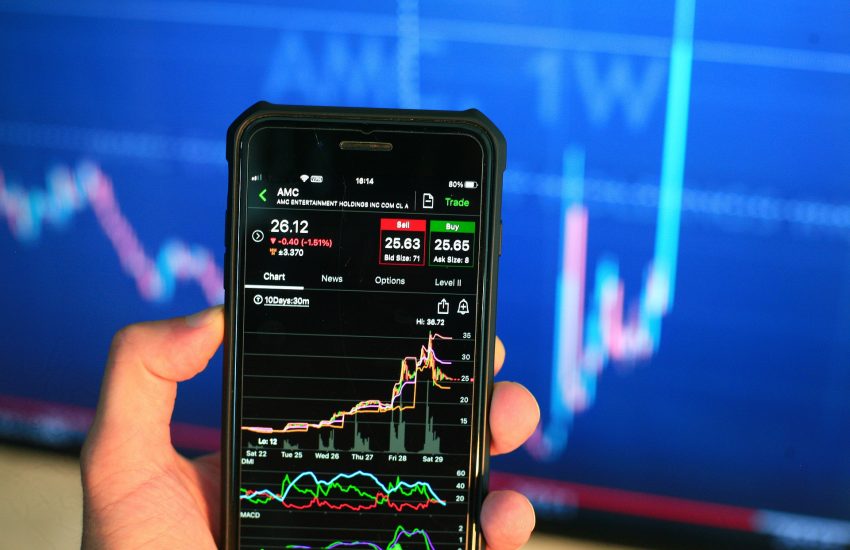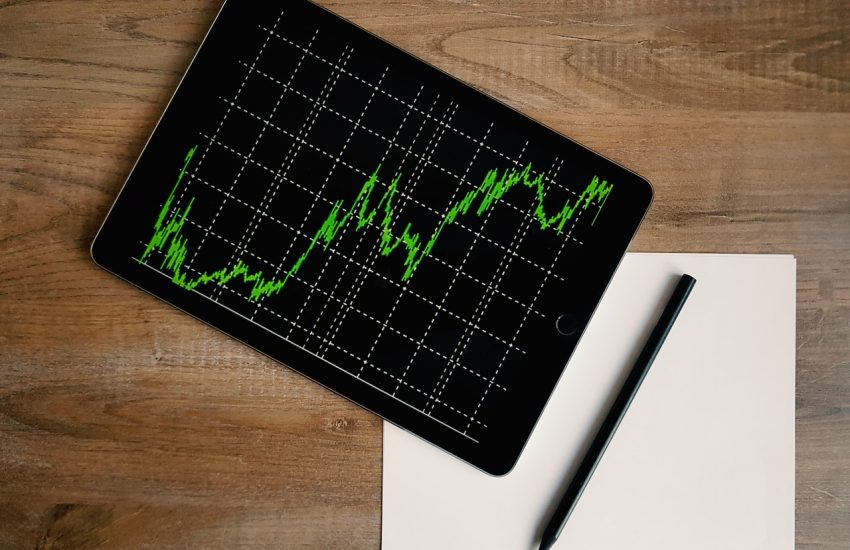How to Place a Trade on the Forex Market for Beginners
Placing a trade on the forex market may seem daunting for beginners, but with the right knowledge and guidance, it can be a straightforward process. In this article, we will walk you through the steps of placing a trade on the forex market, empowering you to start your trading journey with confidence.
1. Introduction
The forex market, also known as the foreign exchange market, is where currencies are traded. Placing a trade involves speculating on the value of one currency relative to another, aiming to profit from the price movements.
2. Understanding Forex Trading Basics
Before placing a trade, it’s essential to grasp some fundamental concepts. Learn about currency pairs, bid and ask prices, pips, and leverage. Familiarize yourself with different order types, such as market orders and pending orders.
3. Choosing a Reliable Forex Broker
Selecting a reputable forex broker is crucial for a successful trading experience. Research brokers that are regulated, offer competitive spreads, reliable trading platforms, and provide educational resources for beginners.
4. Opening a Trading Account
Once you’ve chosen a broker, open a trading account by completing the registration process. Provide the necessary information and verify your identity as required. Choose the appropriate account type based on your trading goals and risk tolerance.
5. Selecting a Currency Pair
Decide which currency pair you want to trade. Popular currency pairs include EUR/USD, GBP/USD, USD/JPY, and USD/CHF. Consider factors such as volatility, liquidity, and your trading strategy when selecting a currency pair.
6. Analyzing the Market
Conduct thorough market analysis before placing a trade. Use technical analysis tools, such as charts, indicators, and patterns, to identify potential entry and exit points. Consider fundamental analysis by monitoring economic news and events that can impact currency prices.
7. Placing the Trade
On your trading platform, locate the trading panel for your chosen currency pair. Select the volume or lot size for your trade, specify whether you want to buy (go long) or sell (go short), and choose the order type (market order or pending order).
8. Setting Stop-Loss and Take-Profit Levels
Implement risk management by setting stop-loss and take-profit levels for your trade. A stop-loss order automatically closes the trade if the market moves against you, limiting potential losses. A take-profit order closes the trade when the market reaches a predetermined profit target.
9. Monitoring and Managing the Trade
Once your trade is placed, monitor its progress. Use your trading platform to track price movements, check profit and loss, and adjust stop-loss or take-profit levels if necessary. Avoid making impulsive decisions based on short-term fluctuations.
10. Closing the Trade
Decide when to close the trade based on your trading strategy and goals. You can manually close the trade or set a take-profit order that automatically exits the trade when the desired profit level is reached. Alternatively, a stop-loss order can close the trade if the market moves against you.
11. Conclusion
Placing a trade on the forex market requires understanding the basics, selecting a reliable broker, conducting market analysis, and managing risk. With practice and continuous learning, beginners can develop the skills needed to navigate the forex market successfully.
12. FAQs
12.1. How much money do I need to start forex trading?
The amount of money needed to start forex trading varies depending on the broker and the trading account type. Some brokers offer accounts with a minimum deposit as low as $100, while others may require higher initial capital. Start with an amount you are comfortable risking and can afford to lose.
12.2. What is the best time to trade forex?
The forex market operates 24 hours a day, five days a week. The best time to trade depends on the currency pairs you are trading and the market sessions that overlap. The most active and volatile times usually occur during the London and New York sessions.
12.3. How do I determine the appropriate position size for a trade?
Determining the appropriate position size involves considering your account balance, risk tolerance, and the distance between your entry and stop-loss levels. Risking a small percentage of your account balance, such as 1-2%, is a common practice to manage risk.
12.4. Can I trade forex with a small account?
Yes, it is possible to trade forex with a small account. Many brokers offer micro or nano accounts that allow you to trade smaller lot sizes. However, it’s crucial to manage risk carefully and avoid overexposing your account.
12.5. How long does it take to become a successful forex trader?
Becoming a successful forex trader requires time, dedication, and continuous learning. The learning curve varies for each individual. It can take several months or even years to develop the necessary skills and experience to trade profitably. Patience and perseverance are key.



